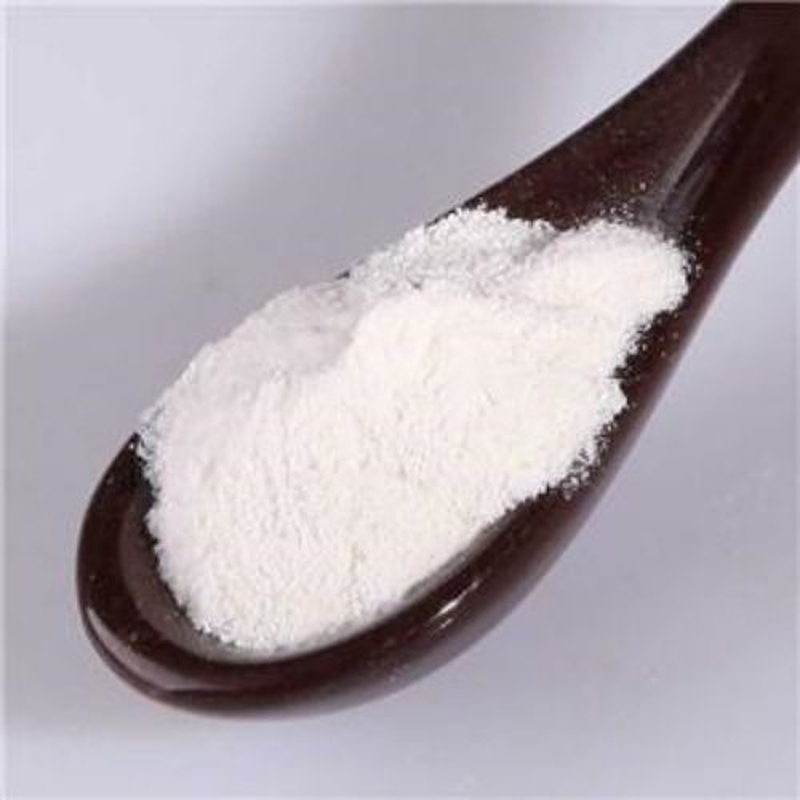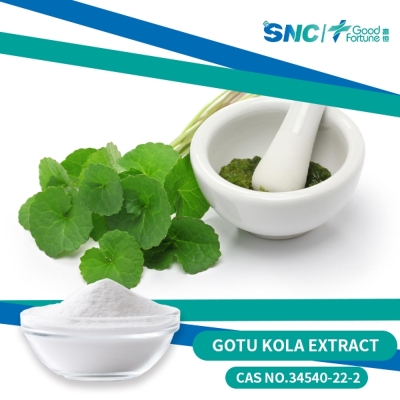Interaction between Hypericum perforatum and chemicals
-
Last Update: 2020-04-03
-
Source: Internet
-
Author: User
Search more information of high quality chemicals, good prices and reliable suppliers, visit
www.echemi.com
2015-12-02 classification: efficacy and action: 0 people commented that hypericum perforatum L is the most widely used plant medicine abroad, mainly used to relieve depression, anxiety, skin inflammation and blunt injury Its crude extract is a complex mixture of a variety of active substances: hypericin, quercetin, isoquercetin, Bi flavanones, hyperforin, naphthodianthrone, procyanidin, catechin, tannins, chlorogenic acid, etc Hypericin is one of the main antidepressants Its mechanism is to inhibit the neurotransmitter serotonin and demethylation Combined reuptake of adrenaline and dopamine In vivo and in vitro studies on animals and human showed that the extract of Hypericum perforatum (HPL) was a powerful inducer of CYP3A4 Clinical trials have shown that HPL can reduce the steady-state blood drug concentration of a variety of drugs, including amitriptyline, cyclosporine, tacrolimus, digoxin, fexofenadine, methadone, midazolam, phenylalanine coumarin, xaquinavir, simvastatin, theophylline and warfarin, causing severe plant drug chemical interactions, leading to a variety of drugs such as immunosuppressants, anti HIV and anti HIV The therapeutic effect of cancer drugs was reduced Twelve patients with depression received Hypericum perforatum extract for two weeks, which could not change the pharmacokinetic properties of alprazolam and midazolam in healthy volunteers However, long-term acceptance of Hypericum perforatum increased the oral clearance rate of midazolam, decreased the oral bioavailability and AUC value Five cancer patients received oral administration of Hypericum perforatum for 18 days, the plasma concentration of irinotecan active metabolite sn238 decreased by 42%, accompanied by decreased myelosuppression In addition, HPL has also been reported to have p-gp-induced effect The combination of HPL and ritonavir can increase the absorption of ritonavir by multidrug resistance protein 1 (mrpl) gene transfected canine kidney (MDCK) epithelial cells; in vivo and in vitro studies show that P-gp can be induced by Hypericum perforatum, and the treatment of ls-180 with Hypericum perforatum can increase the expression of P-gp by 4.7 times After 12 days of administration of Hypericum perforatum to healthy volunteers, the oral clearance rate of fexofenadine, a P-gp substrate, was increased by 1.6 times; after heart transplantation, the use of HPL could reduce the concentration of cyclosporine A in the blood and cause organ rejection; when combined with the oral contraceptive, there was an unexpected pregnancy.
This article is an English version of an article which is originally in the Chinese language on echemi.com and is provided for information purposes only.
This website makes no representation or warranty of any kind, either expressed or implied, as to the accuracy, completeness ownership or reliability of
the article or any translations thereof. If you have any concerns or complaints relating to the article, please send an email, providing a detailed
description of the concern or complaint, to
service@echemi.com. A staff member will contact you within 5 working days. Once verified, infringing content
will be removed immediately.







